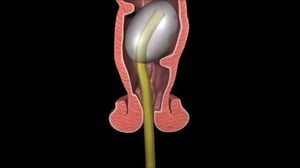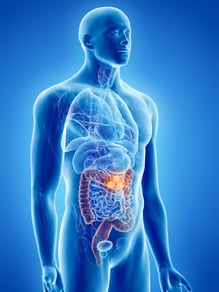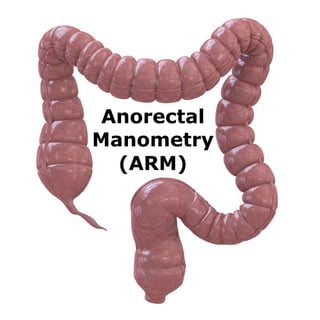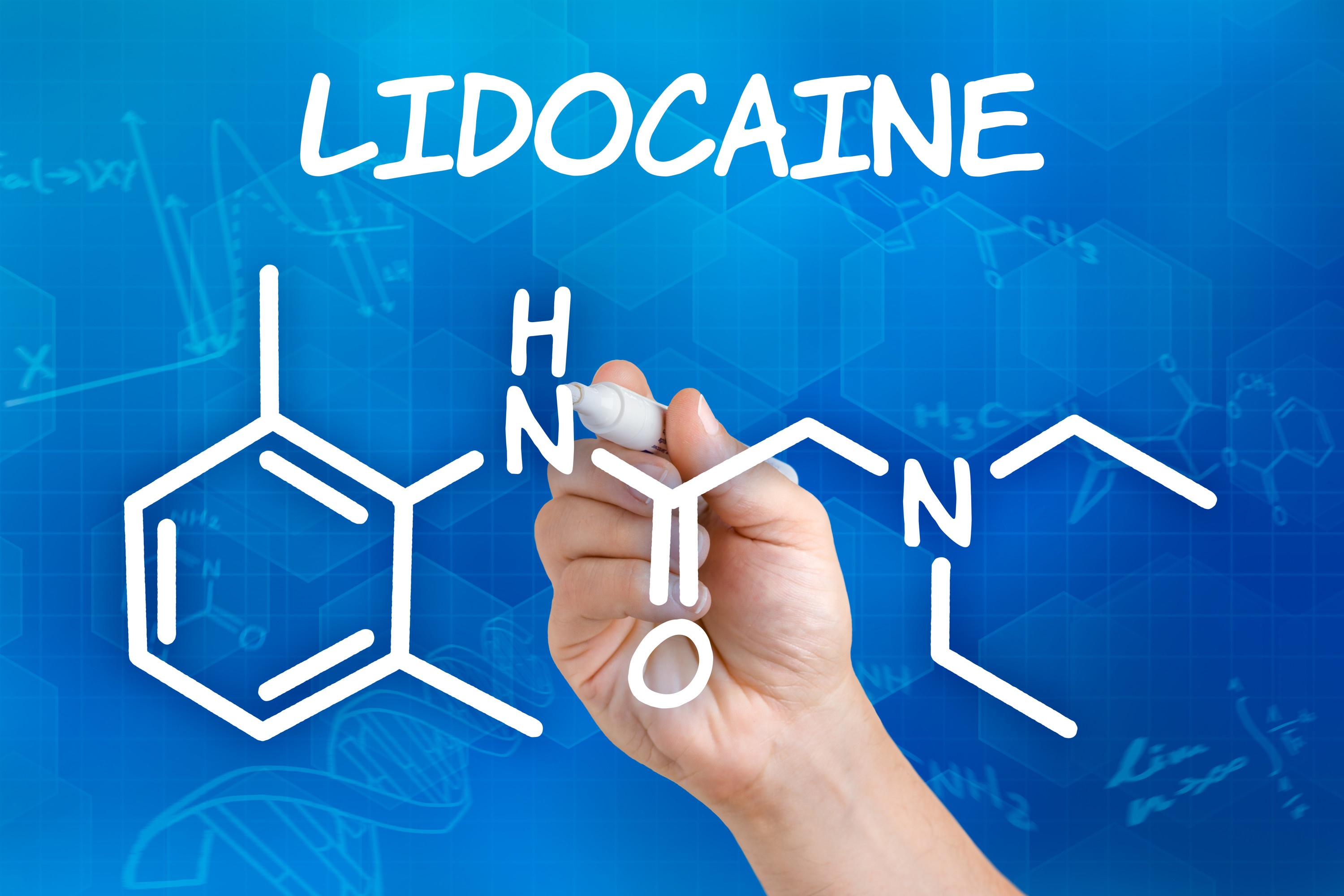2018 Urology Infographic - Current Urology Practice Trends and Facts
Clark Love
Recent Posts
Current Urology Practice Trends and Facts Infographic
Topics: Urology Practice Trends
Impact of Intraurethral Lidocaine on Urodynamic Voiding Parameters
The storage and elimination of urine are regulated by neural circuits in the brain and spinal cord to coordinate function between the urethra and the urinary bladder. During micturition, the elimination of urine is facilitated by bladder wall contraction as well as urethral wall and pelvic floor muscle relaxation. In the following article, we will discuss discuss this study: Randomized Controlled Trial to Assess the Impact of Intraurethral Lidocaine on Urodynamic Voiding Parameters.
Lower urinary tract symptoms (LUTS) lead to incomplete bladder emptying, decreased quality of life, increased healthcare use, decreased workplace productivity and impact in intimate relationships. Some of the approaches to improve the condition such as
Topics: urodynamics, intraurethral, lidocaine
Anorectal Manometry VS. EA Ultrasound in Evaluating Fecal Incontinence
 Fecal incontinence (FI) is a common clinical condition with a negative impact on the quality of life. Commonly performed tests to evaluate fecal incontinence include anorectal manometry (ARM) and endoanal ultrasonography (EAU). In the following article, we will discuss this study, which aims to compare the results of these two tests in a cohort of patients with FI.
Fecal incontinence (FI) is a common clinical condition with a negative impact on the quality of life. Commonly performed tests to evaluate fecal incontinence include anorectal manometry (ARM) and endoanal ultrasonography (EAU). In the following article, we will discuss this study, which aims to compare the results of these two tests in a cohort of patients with FI.
Fecal incontinence is defined as the involuntary passage of stool in a person older than 4 years and for a period of 3 months or more. The prevalence is suspected to be more than 15%, with higher incidence in the geriatric age population.
FI: Main Causes
Topics: Anorectal Manometry Testing, Colonoscopy
Urodynamics: Physiological Background, Set-Up, Calibration & Artifacts
Introduction:
Urodynamics (UDS) is an interactive diagnostic study of lower urinary tract function. It is composed of several tests that can be used to obtain functional information about urine storage and expulsion. Its main goal is to reproduce the patients’ symptoms and determine their cause.
The present article is a review of the physiological concepts behind UDS, and explains the various normal and abnormal forces and parameters that are measured and used during the tests to assist the physician in making a diagnosis. It outlines the importance and methods of the calibration of UDS equipment to optimize diagnostic accuracy and reliability, which would have a crucial impact over the treatment’s decision, and consequently the patient’s outcome.
Topics: urodynamics
Reappraising Anorectal Manometry in Patients With Fecal Incontinence
 Anorectal function tests are usually performed in patients with fecal incontinence who have failed typical, conservative treatment. This study, which we are going to discuss right now, was aimed to determine the additive value of performing anorectal function tests in such patients in selecting them for surgery.
Anorectal function tests are usually performed in patients with fecal incontinence who have failed typical, conservative treatment. This study, which we are going to discuss right now, was aimed to determine the additive value of performing anorectal function tests in such patients in selecting them for surgery.
Introduction
Fecal incontinence is the inability to voluntarily control bowel movements causing stool to leak from the rectum, unexpectedly. It is a very disabling condition with a prevalence of roughly 6% in the adult population. Causes of FI are:
- Disruption of the anal sphincters secondary to obstetric or surgical trauma;
- Neuropathy such as multiple sclerosis diabetes mellitus;
- Neurologic deterioration related to nervus pudendus injury due to chronic straining during chronic constipation or delivery
- Decreased rectal capacity due to inflammatory bowel disease, radiation proctitis and/or irritable bowel syndrome, diarrhea, the physical inability to reach toilet facilities, and highly reduced mental awareness.
The Efficacy of Botulinum Toxin a and Sacral Neuromodulation in the Management of Interstitial Cystitis/Bladder Pain Syndrome
The following article is based on a study which addresses the evidences available in the medical literature on the efficacy of Botulinum Toxin A (BoNT-A) and sacral neuromodulation (SNM) in patients suffering from interstitial cystitis (IC)/bladder pain syndrome (BPS). We will discuss this study to identify the mechanism of action and draw a clear conclusion based on the clinical efficacy of both therapies.
Introduction
The terms interstitial cystitis and bladder pain syndrome are used side by side. IC/BPS is often used like this in the medical world, boasting symptoms such as urinary frequency, urgency and bladder pain, pressure and/or discomfort in the absence of other pathological findings. Current management aims to decrease symptoms such as bladder pain and lower urinary tract (LUT) symptoms.
Topics: interstitial cystitis, SNM, BoNT-A, Botulinum Toxin A, sacral neuromodulation, bladder pain syndrome, botox
Water vs Air Charged Transducer Catheter Pressures in The Evaluation of Cystometrogram & Voiding Pressure Studies
In the following article we are going to summarize this study. The aim of this research paper is to present facts and data to state that simultaneous pressure measurements with WP and AC in a single catheter will provide analogous pressures for Valsalvas, coughs, and maximum pressures in voiding pressure studies (VPS).
Topics: urodynamics catheters
How Can We Maximize The Diagnostic Utility Of Uroflow?
 How can we gauge the current level of diagnostic utility of uroflowmetry? Are there areas needing research to improve it? This study was performed to verify the diagnostic value of uroflowmetry, its flaws, to discuss gaps in knowledge, and to provide areas where further research is necessary.
How can we gauge the current level of diagnostic utility of uroflowmetry? Are there areas needing research to improve it? This study was performed to verify the diagnostic value of uroflowmetry, its flaws, to discuss gaps in knowledge, and to provide areas where further research is necessary.
Topics: Uroflow, Uroflowmetry

Anorectal manometry is a widely-available, economical and precise test for establishing the functional competency of the rectum and the anal canal. It plays an essential role in the diagnosis of functional defecatory disorders such as constipation, fecal incontinence and Hirschsprung disease in children.
This test involves the assessment of two major functions of the anorectal system. The resistive system – continence; and the capacitive system – defecation. Continence and defecation are the two most important roles played by the anorectal system. Quantitative assessment of the anal sphincter tone by anorectal manometry helps find the etiology of anorectal disorders. In the following article, we are going to discuss briefly how to interpret conventional anorectal manometry.
Topics: Anorectal Manometry
 Most of the urodynamic literature is currently focused on the indications for urodynamic studies for treatment of voiding dysfunction and urinary incontinence. In reality, much less is known about the frequency with which urodynamic procedures are being performed and trends in the practice among urologists. In the following article, we will talk about trends in the practice of urodynamic procedures among urologists in the last decade and we will try to find what factors impacting growth. We compared relevant studies and put together the information to assess the utilization of urodynamic procedures.
Most of the urodynamic literature is currently focused on the indications for urodynamic studies for treatment of voiding dysfunction and urinary incontinence. In reality, much less is known about the frequency with which urodynamic procedures are being performed and trends in the practice among urologists. In the following article, we will talk about trends in the practice of urodynamic procedures among urologists in the last decade and we will try to find what factors impacting growth. We compared relevant studies and put together the information to assess the utilization of urodynamic procedures.
Topics: urodynamics staffing, urology, urodynamics service provider






